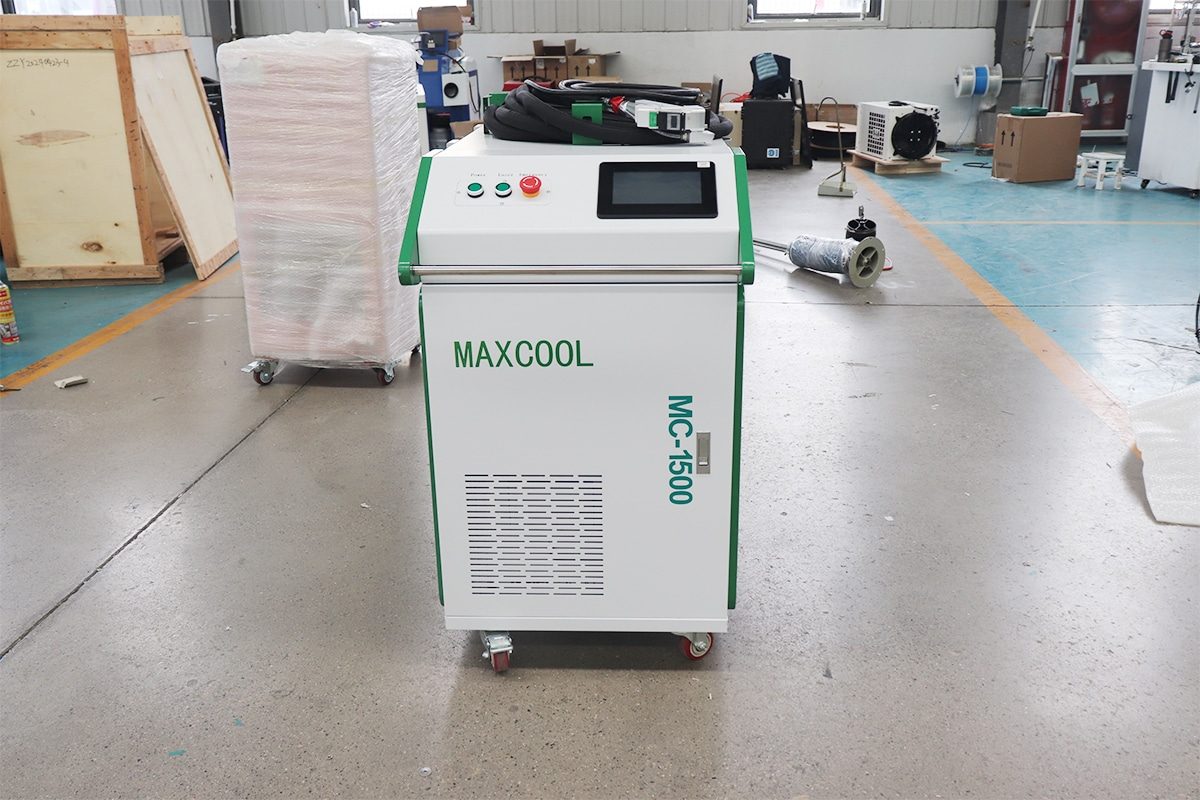Laser cleaning is an advanced and highly efficient method for removing unwanted materials, contaminants, and coatings from surfaces using focused laser beams. However, the potential hazards associated with high-power lasers necessitate strict safety precautions to ensure that the process is conducted safely and effectively. In this article, we will explore the various precautions that should be taken during laser cleaning operations, with a particular focus on operator safety, equipment maintenance, and environmental considerations. Operators and companies involved in laser cleaning need to adhere to best practices to avoid risks, prevent accidents, and optimize the cleaning process.
Personal Protective Equipment (PPE)
Personal protective equipment (PPE) is critical in safeguarding operators from the various hazards associated with laser cleaning. The following PPE should be used during the process:
Laser Safety Goggles: Laser safety goggles are an absolute necessity for protecting the eyes from laser radiation. These goggles are specifically designed to filter out the wavelengths emitted by the laser. Operators must choose goggles that are rated for the specific wavelength of the laser being used. Goggles should be worn at all times in the cleaning area, even if the laser is not in operation, as laser light can scatter and pose a danger.
Protective Clothing: Protective clothing, such as flame-resistant suits, should be worn to protect the body from burns caused by accidental exposure to the laser beam. The clothing should cover the arms, chest, and neck, as these areas are particularly vulnerable. Additionally, flame-resistant gloves and boots should be worn to prevent injury from heat or sparks.
Gloves: High-temperature-resistant gloves are essential for protecting the hands from burns and thermal injuries, particularly when handling materials or components that have been exposed to the laser. Gloves should also protect against chemical exposure, especially when cleaning materials that may emit harmful vapors or particles.
Laser Safety Measures
Controlled Access: Access to the laser cleaning area should be restricted to authorized personnel who have received proper training in laser safety. Unauthorized individuals should be kept out of the cleaning zone, which should be marked to indicate that laser cleaning operations are taking place.
Warning Signs: Clear warning signs should be posted in and around the laser cleaning area to alert personnel to the presence of laser hazards. These signs should specify the need for appropriate PPE, including goggles and protective clothing, and indicate the potential risks of exposure to laser radiation, fumes, and fire hazards.
Laser Barriers and Enclosures: Laser barriers or enclosures should be installed to contain the laser beam and prevent accidental exposure to operators or bystanders. These barriers should be designed to withstand the intensity of the laser and prevent the light from escaping into the surrounding environment.
Ventilation and Fume Extraction
Proper ventilation and fume extraction systems are essential to safeguard operators from inhaling harmful particles and gases produced during laser cleaning.
Local Exhaust Ventilation (LEV): Local exhaust ventilation (LEV) systems should be installed close to the laser cleaning zone to capture and remove fumes, smoke, and particles as they are generated. This system should include filters capable of trapping toxic particles and gases.
Room Ventilation: In addition to LEV systems, the overall room ventilation should be adequate to ensure proper airflow and the dispersal of hazardous substances. HEPA filters can be used to remove fine particles from the air, and the room should be equipped with an air exchange system to maintain air quality.
Fire Safety
Flammable Material Removal: Before initiating laser cleaning, any flammable materials, such as oils, solvents, or paper, should be removed from the area. This reduces the risk of fire or explosion caused by accidental ignition from the laser.
Fire Extinguishers: Fire extinguishers should be readily available in the laser cleaning area, and personnel should be trained in their proper use. The type of extinguisher required will depend on the materials present in the environment. For example, CO2 or dry powder extinguishers are effective for electrical fires, while foam extinguishers are better for flammable liquid fires.
Fire Alarm and Detection Systems: A fire alarm system should be installed in the laser cleaning area. Smoke detectors and heat sensors can provide early warnings of a fire, triggering automatic shutdowns or fire suppression systems to minimize damage and prevent injuries.
Electrical Safety
Proper Grounding: All electrical equipment associated with the laser cleaning system should be properly grounded to prevent electrical shocks or fires. A grounding system ensures that any stray electrical current is safely dissipated.
Regular Inspections: Regular inspections of the laser system’s electrical components are essential to detect any signs of wear, such as frayed wires or damaged connectors. Any faulty components should be replaced immediately to avoid electrical hazards.
Emergency Shutdown Procedures: Emergency shutdown systems should be in place to allow operators to quickly turn off the laser cleaning machine in case of an emergency. Emergency stop buttons should be easily accessible and clearly labeled.
Laser cleaning is a highly effective and efficient method of surface cleaning that offers numerous benefits, including precision, environmental friendliness, and minimal waste generation. However, the potential hazards associated with laser cleaning operations necessitate strict safety precautions to protect operators, equipment, and the environment. With the proper precautions in place, laser cleaning can continue to be a valuable tool in various industries, contributing to cleaner, safer, and more efficient operations.

Comments on “What Precautions Should Be Taken During Laser Cleaning?”